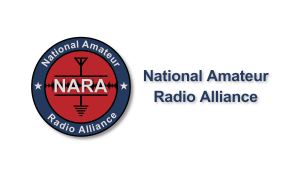The message broadcasters are giving the Federal Communications Commission as it contemplates new updates to the Emergency Alert System could best be boiled down to a familiar catchphrase: don’t mess with success. The National Association of Broadcasters and NPR say that while improving EAS accessibility is a worthwhile cause, the focus should be on broader use of internet based Common Alerting Protocol (CAP) technology.
As part of its ongoing proceeding, the FCC is looking for ways to ensure the deaf and hard of hearing are reached with emergency alerts. Much of its current focus is how CAP can be used to send written text and even multimedia elements like photos or video clips, in addition to an audio message. Digital radio technology could enable the delivery of such elements to listeners who have a digital receiver. But the NAB thinks the EAS should instead be embraced as a “vital backup” to ensure sure emergency alerts get out when internet networks are disrupted.
“Although internet connectivity can be affected by weather and other extreme conditions, the legacy EAS system is always available to provide a resilient, redundant pathway when internet outages occur,” NAB said in comments filed with the Commission. It also says that efforts to redesign EAS to provide the same capabilities that CAP alert offers “could be risky” and “could make the legacy system less robust.” NAB says by increasing the amount of data that must be transmitted through long-distance radio links, EAS could be negatively impacted by the increasing noise floor.
Read more – Inside Radio:








More Stories
via Amateur Radio Daily: NARA Hosts Club Week Special Event
via the ARRL: 2026 ARRL Foundation Scholarship Program is Now Accepting Applications
via Amateur Radio Daily: ROC-HAM Radio Network Concludes 200th Anniversary of Erie Canal Special Event